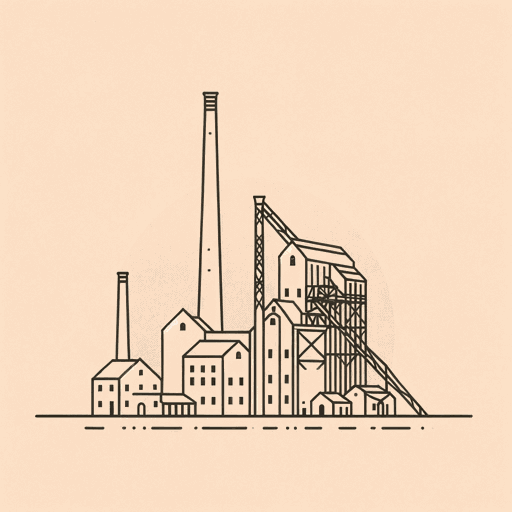24 pages • 48 minutes read
Rebecca Harding DavisLife In The Iron Mills
Fiction | Short Story | Adult | Published in 1861A modern alternative to SparkNotes and CliffsNotes, SuperSummary offers high-quality Study Guides with detailed chapter summaries and analysis of major themes, characters, and more.
Novella AnalysisStory Analysis
Analysis: “Life in the Iron Mills”
While this novella was published in 1861, in many ways it is extremely modern. In its attention to the grim realities of working-class life, the story is now understood to be an early example of realism, anticipating later writers such as Theodore Dreiser and Sinclair Lewis. But the story’s modernity can be seen in its irresolute and complicated point of view, as well in its straightforward setting.
While the story’s plot is a simple one—the events of one fateful night in the life of a mill worker—it is framed in an elaborate way. Readers do not encounter the protagonist of the story, Hugh Wolfe, until several pages into the story. The story instead begins with an unnamed narrator, who seems inseparable from the author. She lives—as did the author—in a Virginia mill town, and like the author is not herself working-class. She sets the scene for Wolfe’s story by describing the parade of men like him who pass by her house every day on their way to work at the mill, and the generally grimy, foggy 







